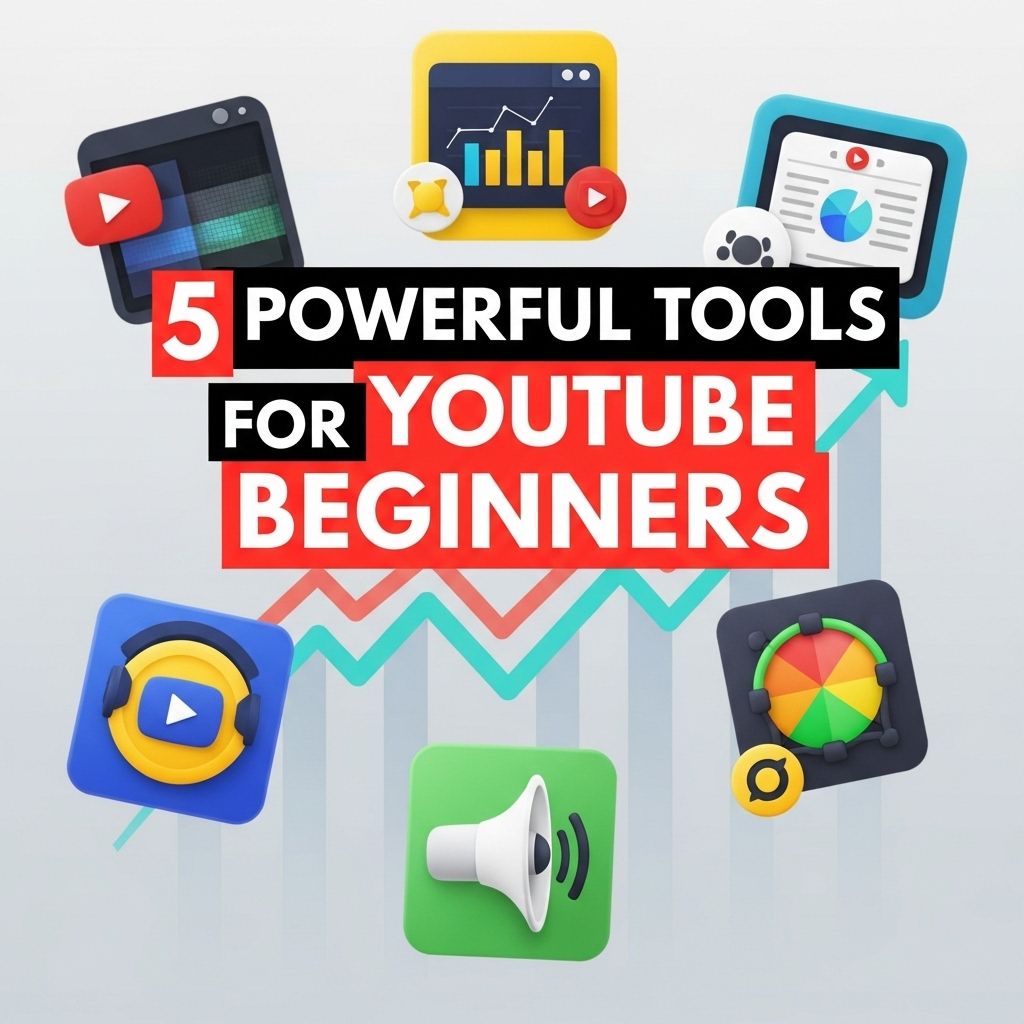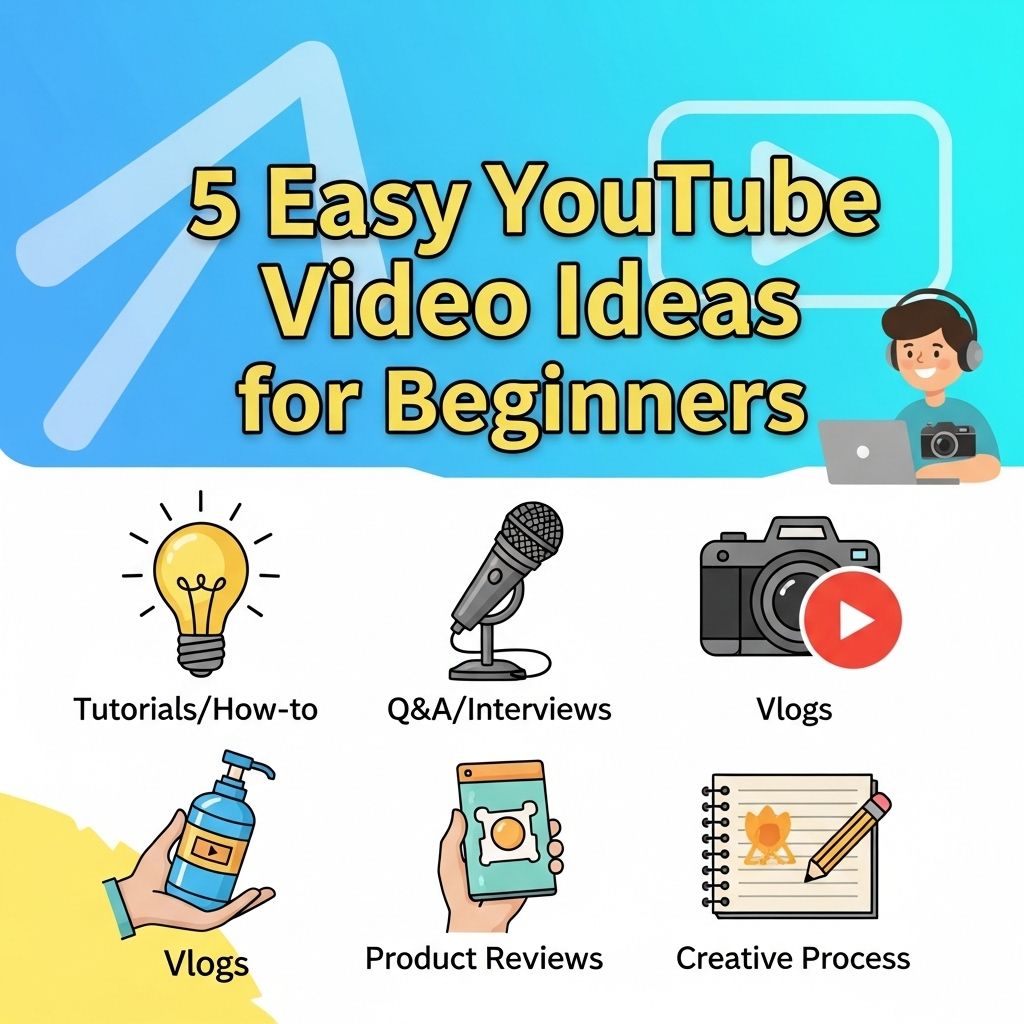Creating engaging content on YouTube has never been easier, thanks to a multitude of powerful tools available to beginners. With the platform’s vast reach and influence, every aspiring content creator aspires to carve a niche for themselves. While learning the ropes of video creation and marketing can be daunting, the right tools can significantly streamline the process. Here’s an overview of five must-have tools that can kickstart your YouTube journey, making your content stand out and reach a broader audience.
1. Video Editing Software
High-quality video editing can elevate your YouTube content from amateur to professional. Here are a few popular options:
- Adobe Premiere Pro: A robust software that offers extensive features for video editing, color correction, and effects.
- Final Cut Pro: Known for its intuitive interface, this tool is favored by Mac users for its powerful editing options.
- DaVinci Resolve: This free software provides high-end editing capabilities, making it perfect for beginners looking to create stunning videos.
Key Features to Look For:
- User-Friendly Interface
- Built-in Transitions and Effects
- Audio Editing Tools
- Export Options for Various Platforms
2. Thumbnail Design Tools
Thumbnails can make or break your video’s success on YouTube. An eye-catching thumbnail attracts viewers and can increase click-through rates significantly. Here are some tools to create compelling thumbnails:
| Tool | Features | Pricing |
|---|---|---|
| Canva | Easy drag-and-drop interface with templates | Free with premium options |
| Adobe Spark | Integration with other Adobe products, customizable templates | Free trial, subscription available |
| Snappa | Pre-sized templates for various social media platforms | Free trial, monthly subscription |
Best Practices for Thumbnails:
- Use bright colors and high-contrast images
- Include text that summarizes the video content
- Keep it simple and recognizable
3. SEO Tools
Optimizing your videos for search engines is crucial for visibility. SEO tools can help you understand the right keywords, tags, and descriptions to use. Consider the following:
- TubeBuddy: A browser extension that provides keyword suggestions, tag optimizations, and competitor analysis.
- VidIQ: Another browser extension that offers real-time stats, keyword tools, and channel analytics.
- Google Trends: A free tool that lets you see trending topics and keywords, helping you to align your content with audience interests.
Essential SEO Practices:
- Include primary keywords in your video title
- Write clear and engaging video descriptions
- Use relevant tags for better categorization
4. Analytics and Insights Tools
Understanding your audience is key to growing your channel. Tools that provide analytics can help you assess what’s working and what’s not:
- YouTube Analytics: Free tool that provides insights into viewer demographics, watch time, and engagement metrics.
- Social Blade: A third-party website that tracks YouTube channel statistics and provides growth predictions.
- Google Analytics: Although primarily used for websites, it can help track traffic coming from YouTube to your website.
What to Monitor:
| Metric | Importance |
|---|---|
| Watch Time | Indicates viewer engagement and video quality |
| Subscriber Growth | Shows channel popularity and retention |
| Traffic Sources | Helps identify where your viewers are coming from |
5. Content Planning Tools
Planning your content in advance can save time and ensure consistency. Here are some tools to help you with content planning:
- Trello: Project management software that helps you organize ideas, plan out video shoots, and manage timelines.
- Asana: Another project management tool that allows teams to collaborate and manage video production workflows.
- Google Calendar: Useful for scheduling video uploads and planning future content.
Content Planning Tips:
- Develop a content calendar to stay organized
- Brainstorm ideas based on current trends and audience feedback
- Set specific goals for each video, such as engagement rates or view counts
In conclusion, starting a YouTube channel involves more than just filming and uploading videos. By utilizing the right tools, you can enhance your creativity, improve your production quality, and effectively reach your target audience. Take the time to explore these tools and find the best combination that suits your workflow and content style. The world of YouTube is vast, and with the right approach, you can carve out a successful space for your content.
FAQ
What are the best tools for YouTube beginners?
Some of the best tools for YouTube beginners include video editing software like Adobe Premiere Pro, thumbnail makers such as Canva, SEO tools like TubeBuddy, analytics tools like Social Blade, and equipment like a good microphone.
How can I improve my YouTube channel as a beginner?
Improving your YouTube channel can be achieved by focusing on high-quality content, optimizing video titles and descriptions for SEO, engaging with your audience, and consistently uploading videos.
Do I need expensive equipment to start a YouTube channel?
No, you don’t need expensive equipment to start a YouTube channel. Many successful YouTubers began with just a smartphone and free editing software.
What is the importance of SEO for YouTube videos?
SEO is crucial for YouTube videos as it helps your content become more discoverable through search engines, leading to increased views and subscribers.
How often should I upload videos to my YouTube channel?
As a beginner, aim to upload videos at least once a week to maintain consistency and keep your audience engaged.
What type of content should I create for my YouTube channel?
Choose content that you are passionate about and that resonates with your target audience, such as tutorials, vlogs, product reviews, or educational videos.



